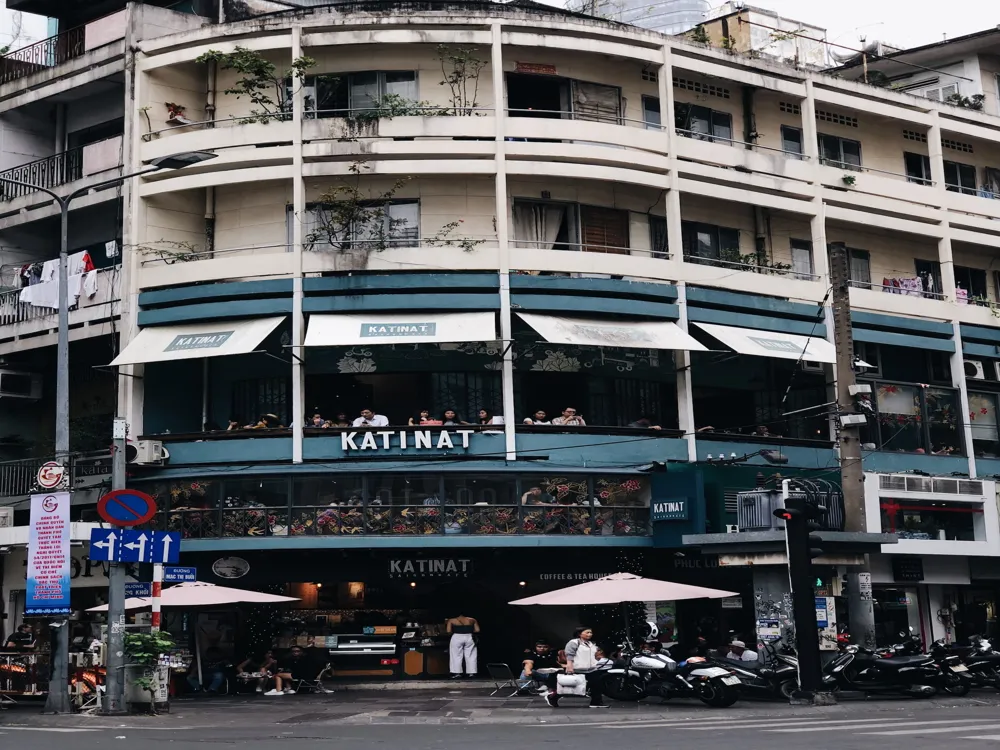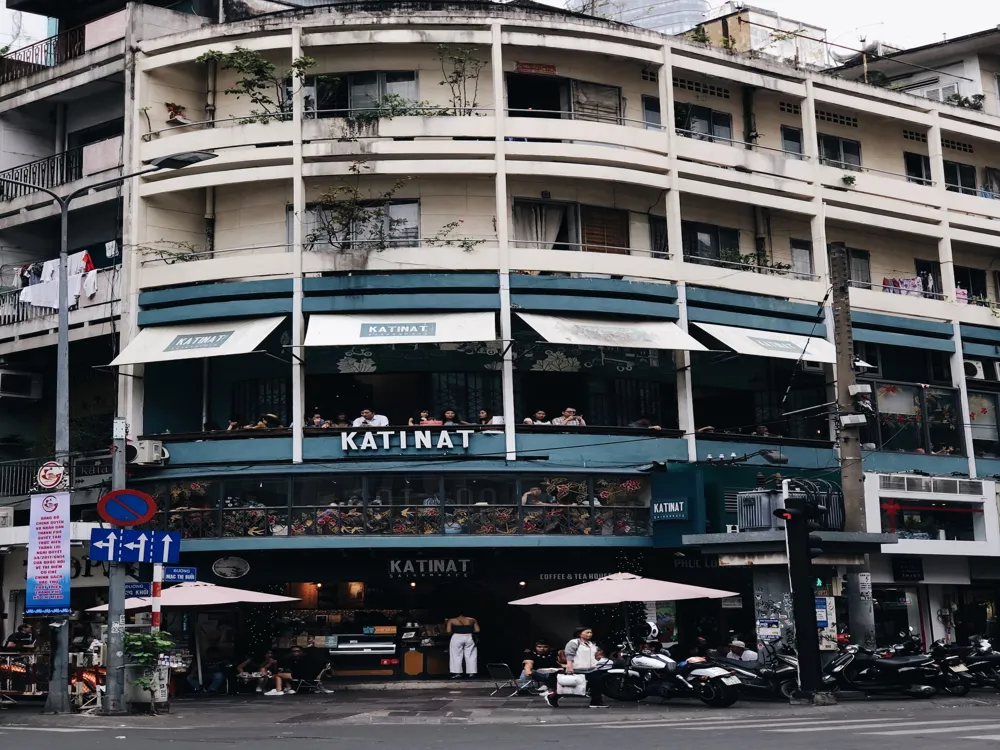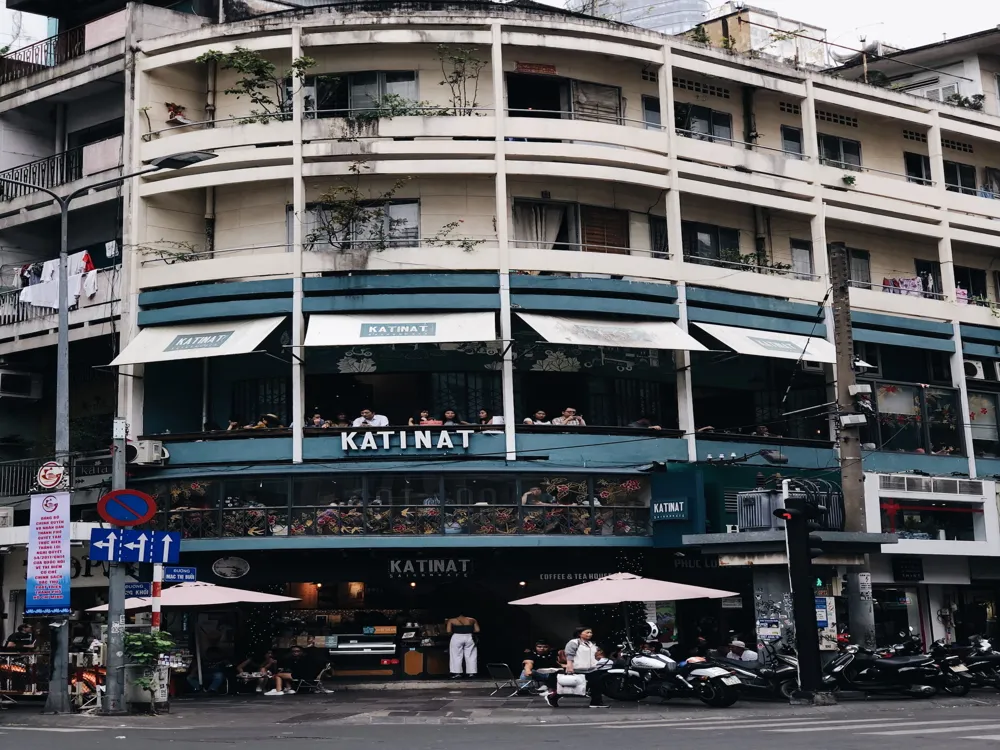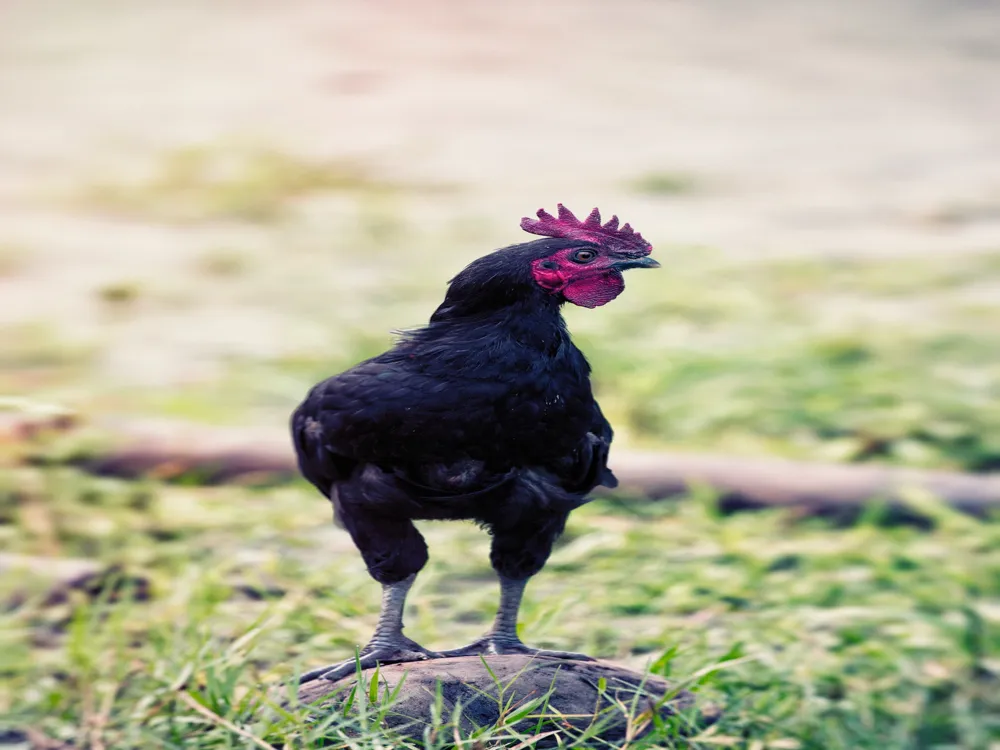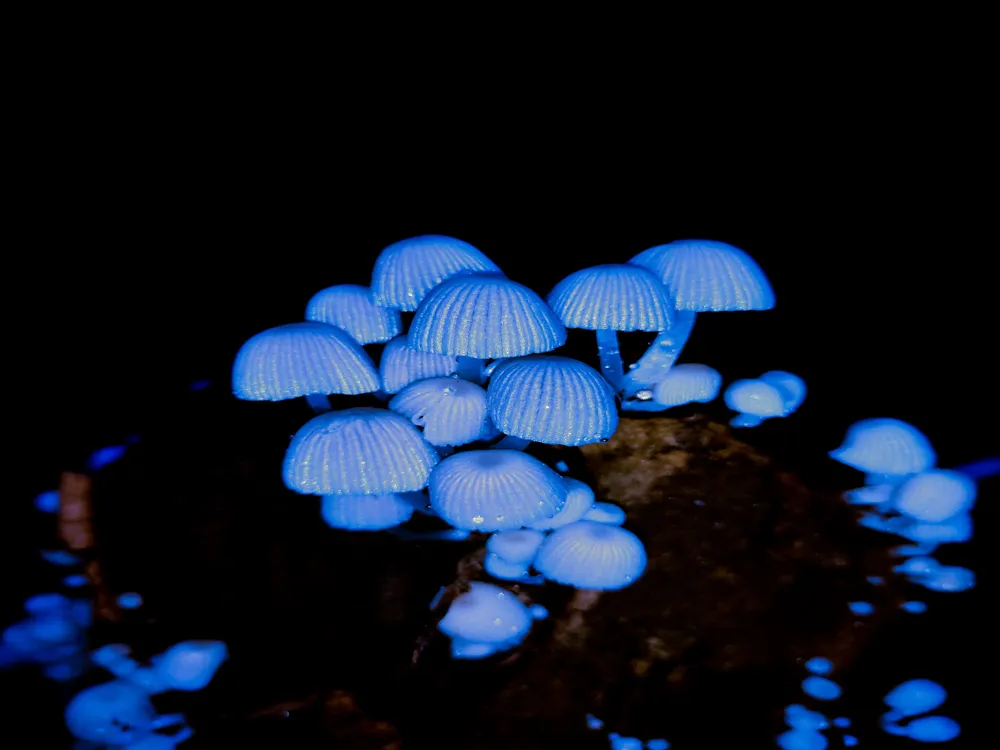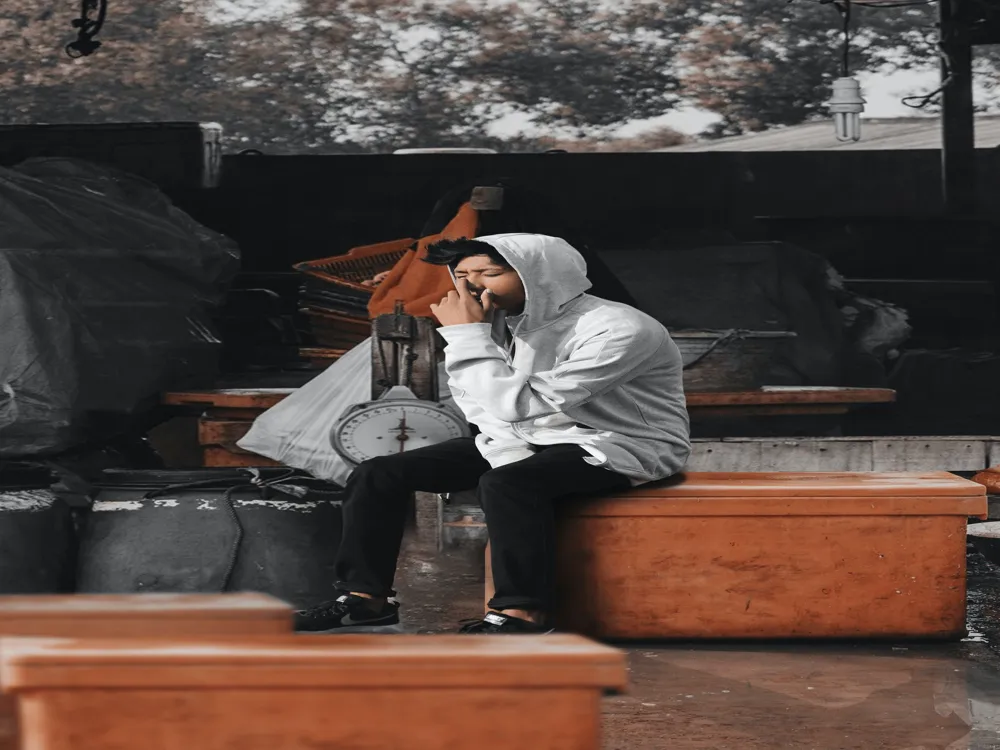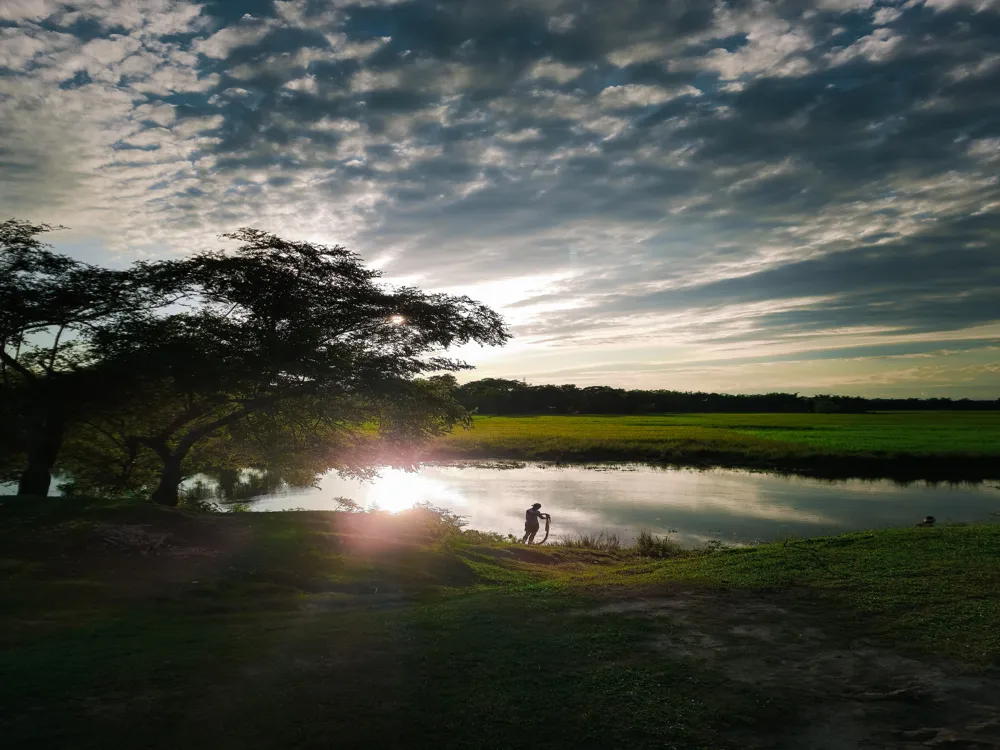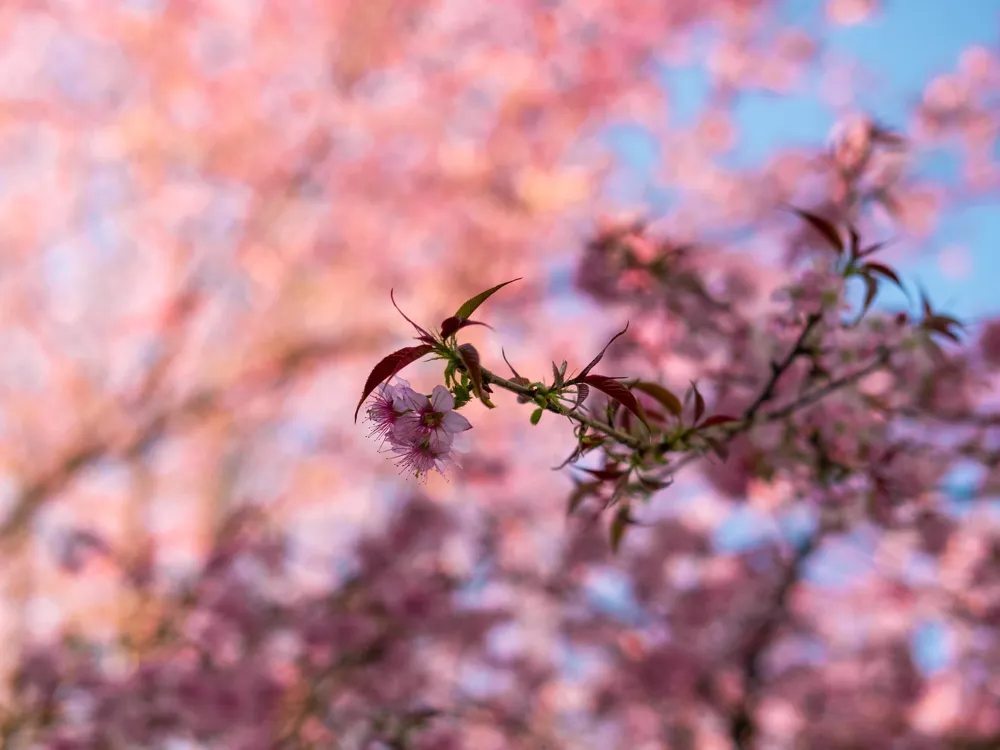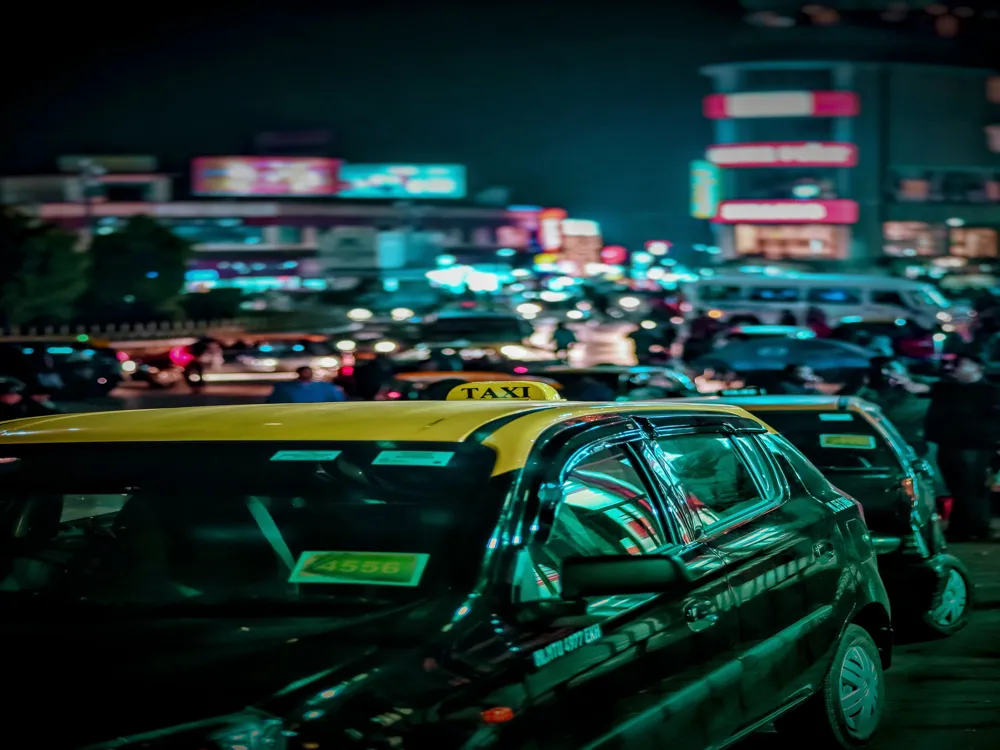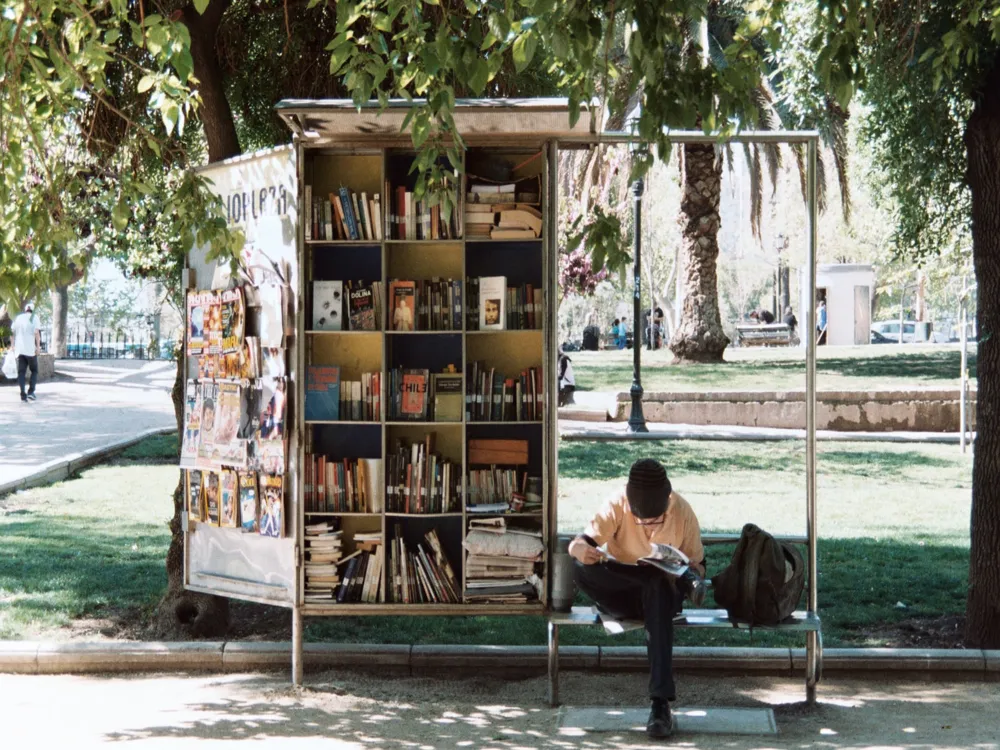Kamalabari Satra, located in the heart of Majuli, the world's largest river island in Assam, India, is a renowned center of Vaishnavism, art, and culture. Established by the Vaishnava saint and cultural icon, Madhavdeva, in the 16th century, this Satra is not just a religious site but also a hub of rich Assamese cultural heritage. Majuli itself is nestled amidst the mighty Brahmaputra River and presents a breathtaking amalgamation of nature and spirituality. The significance of Kamalabari Satra extends beyond its religious roots. It is a living museum displaying the unique cultural and artistic expressions of Assam. The Satra is famous for its role in preserving the Sattriya dance, an eminent classical dance form recognized by the Sangeet Natak Academy. Moreover, it's a center for art, drama, music, and craftsmanship, notably mask-making which is integral to Majuli's culture. The everyday life in Kamalabari Satra is a rhythmic blend of devotion and artistry, with monks (Bhakats) engaged in worship, crafting, and imparting the teachings of neo-Vaishnavism. Throughout the year, Kamalabari Satra witnesses a myriad of festivals and events, drawing visitors and devotees from all corners. Raas Leela, celebrated with great fervor, showcases the artistic and spiritual ethos of the Satra. The ambiance of Kamalabari during this festival is nothing short of magical, with elaborate performances, vibrant costumes, and the echoing chants and rhythms that resonate across Majuli. The architecture of Kamalabari Satra, a subject of great interest, reflects the traditional Assamese design mingled with the influences of the Ahom era. The main temple, surrounded by residential quarters for the monks and devotees, stands as a testament to the architectural ingenuity of the period. Intricately designed wooden carvings, murals depicting scenes from Hindu mythology, and the use of locally sourced materials make the structure not just a spiritual haven but also an architectural marvel. In essence, Kamalabari Satra is not just about religious pursuit; it's a journey into the heart of Assam's cultural panorama. It offers a unique experience, connecting visitors with the spiritual, artistic, and natural world of Majuli. Its continued popularity and relevance stand as a testimony to the enduring legacy of Assam's cultural and religious history. The architecture of Kamalabari Satra in Majuli is a splendid representation of the Assamese style, harmoniously blending spirituality, art, and functionality. Built predominantly with wood and bamboo, the structures within the Satra are an exemplary display of craftsmanship and traditional building techniques, echoing the ethos of Assam's cultural heritage. At the heart of the Satra lies the central prayer hall, known as 'Namghar', where devotees and monks gather for daily prayers and discourses. The Namghar, with its soaring roof and intricately carved wooden panels, stands as a symbol of the spiritual fulcrum of the Satra. The facade is adorned with exquisite carvings depicting stories from Hindu epics, adding layers of meaning and beauty to the structure. Adjacent to the Namghar, the 'Monikut' houses the sacred idol and is considered the most sanctified area within the Satra. The design of the Monikut is simpler yet elegant, emphasizing the sanctity and purity of the space. The use of natural materials and the integration of the structure with the surrounding landscape reflect a deep respect for nature and its elements. Other notable architectural features include the dormitories for the resident monks, known as 'Hatis'. These structures, though modest in appearance, are highly functional and designed to withstand the island's climatic challenges. The use of bamboo and mud in construction showcases sustainable practices and a deep understanding of local materials and climatic conditions. The Satra's architecture also includes community kitchens and dining halls, where meals are prepared and shared, emphasizing the communal and egalitarian spirit of the place. These areas are designed for large gatherings, facilitating interaction and bonding among the inhabitants and visitors. In conclusion, the architecture of Kamalabari Satra is a testament to the artistic and spiritual heritage of Assam. It stands as a beacon of traditional design and sustainable architecture, preserving the cultural ethos of the region while serving as a functional religious retreat. Kamalabari Satra is a place of worship and spiritual practice. Visitors are expected to maintain decorum, dress modestly, and show respect towards the rituals and the monks residing in the Satra. The ideal time to visit Kamalabari Satra is between October and March when the weather is pleasant. The Raas Leela festival, usually in November, is a particularly vibrant time to experience the Satra's cultural richness. Consider hiring a local guide for a comprehensive tour of the Satra. Guides can provide deeper insights into the history, culture, and architecture of Kamalabari, enhancing your overall experience. While photography is generally allowed, it is advisable to seek permission before taking photos, especially inside the prayer halls or of the monks. Be sensitive to the sanctity of the place while capturing your memories. Majuli offers various accommodation options, from guesthouses to traditional cottages. Plan ahead, as the island gets busy during festivals. Also, try the local Assamese cuisine for an authentic culinary experience. Kamalabari Satra in Majuli is accessible primarily by ferries. The nearest major city is Jorhat, which is well-connected by air and road. From Jorhat, take a ferry from Nimati Ghat to Majuli, which is a unique experience in itself. The ferry journey offers picturesque views of the Brahmaputra River and a glimpse into the riverine lifestyle of Assam. Once in Majuli, local transportation options like buses, taxis, or rented bicycles can be used to reach Kamalabari Satra. It's advisable to check the ferry schedules in advance as they are subject to change based on weather conditions. Read MoreOverview of Kamalabari Satra in Majuli, Assam
Architecture of Kamalabari Satra
Tips When Visiting Kamalabari Satra
Respect the Religious Sanctity
Best Time to Visit
Local Guide Hiring
Photography Etiquette
Accommodation and Food
How To Reach Kamalabari Satra
Majuli Tourism
Best Time to Visit Majuli
How to Reach Majuli
Things To Do Majuli
Kamalabari Satra
Majuli
Assam
NaN onwards
View majuli Packages
Majuli Travel Packages
View All Packages For Majuli
Top Hotel Collections for Majuli

Private Pool

Luxury Hotels

5-Star Hotels

Pet Friendly
Top Hotels Near Majuli
Other Top Ranking Places In Majuli
View All Places To Visit In majuli
View majuli Packages
Majuli Travel Packages
View All Packages For Majuli
Top Hotel Collections for Majuli

Private Pool

Luxury Hotels

5-Star Hotels

Pet Friendly




